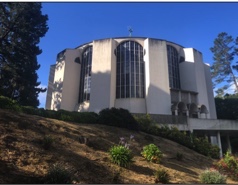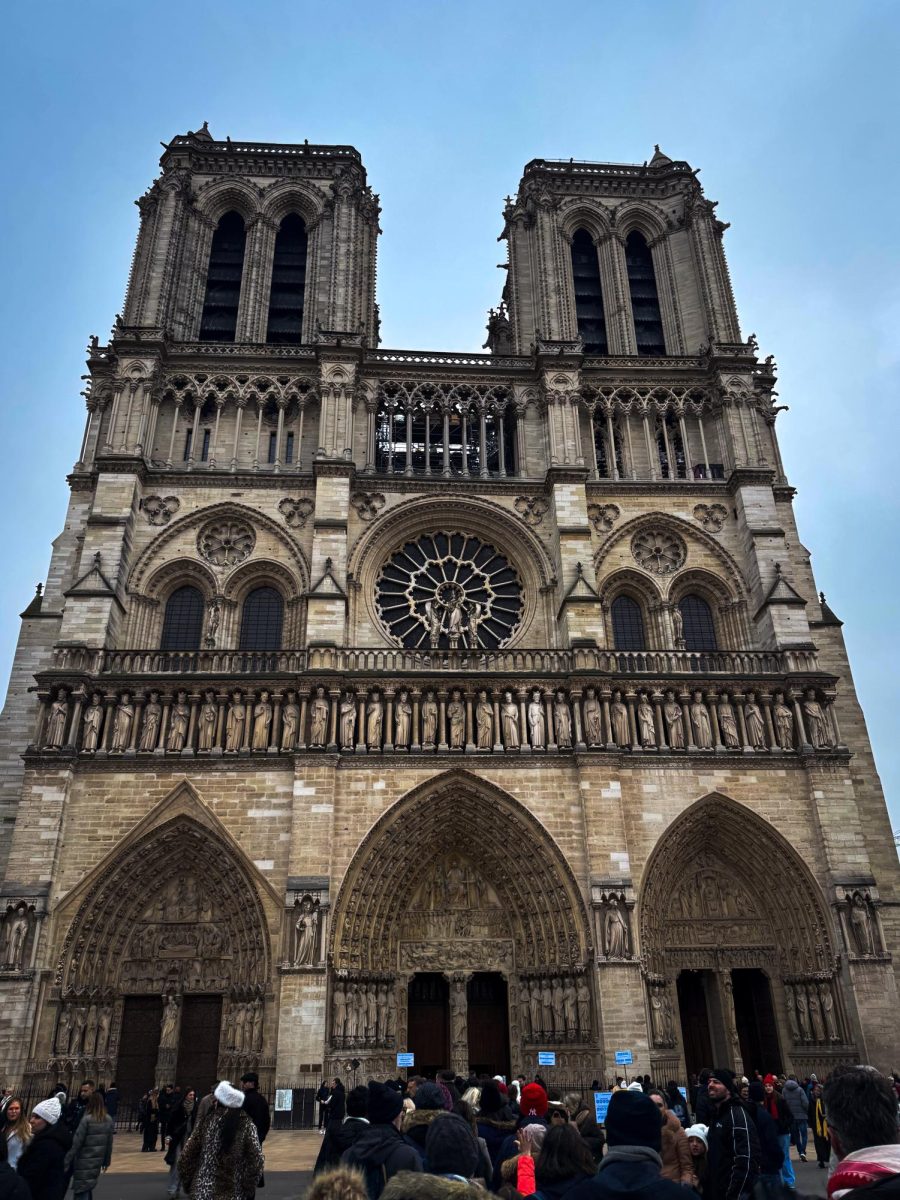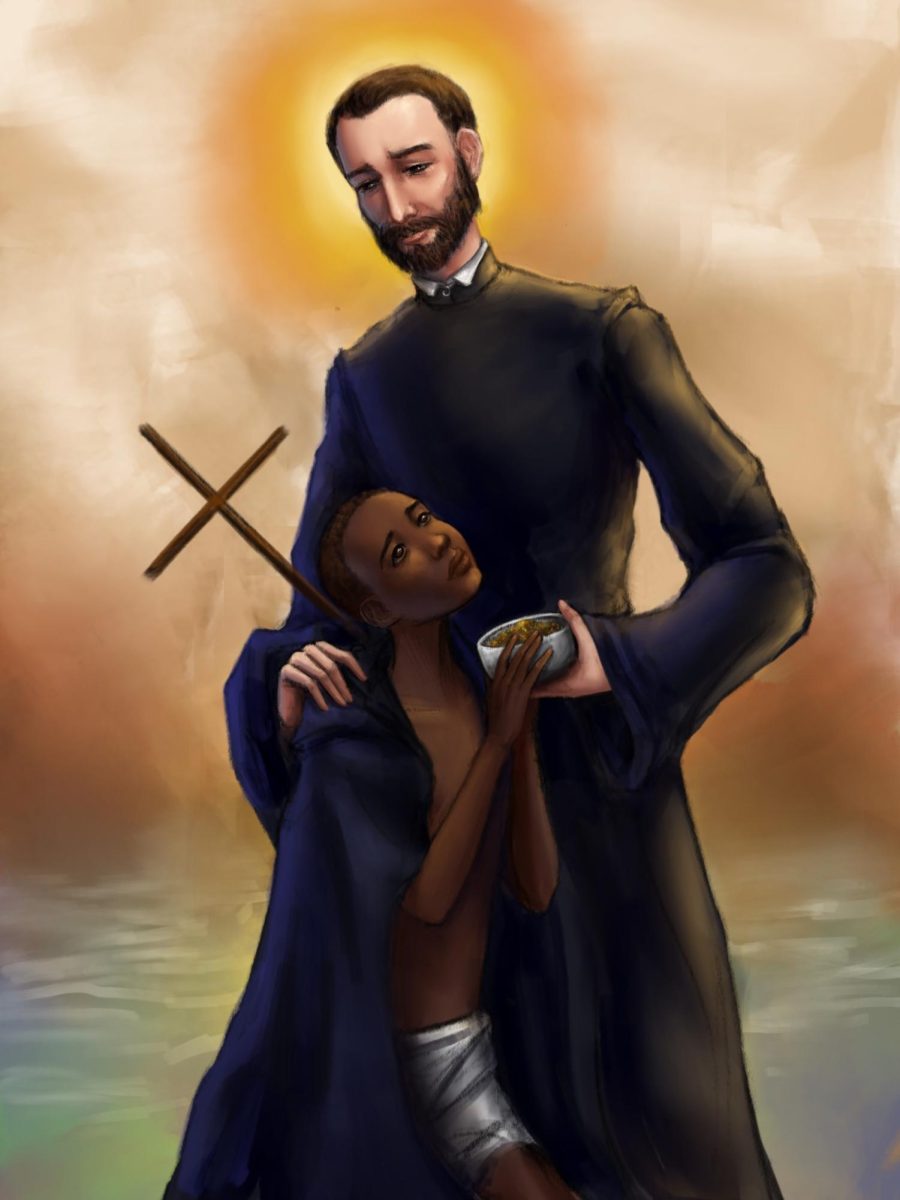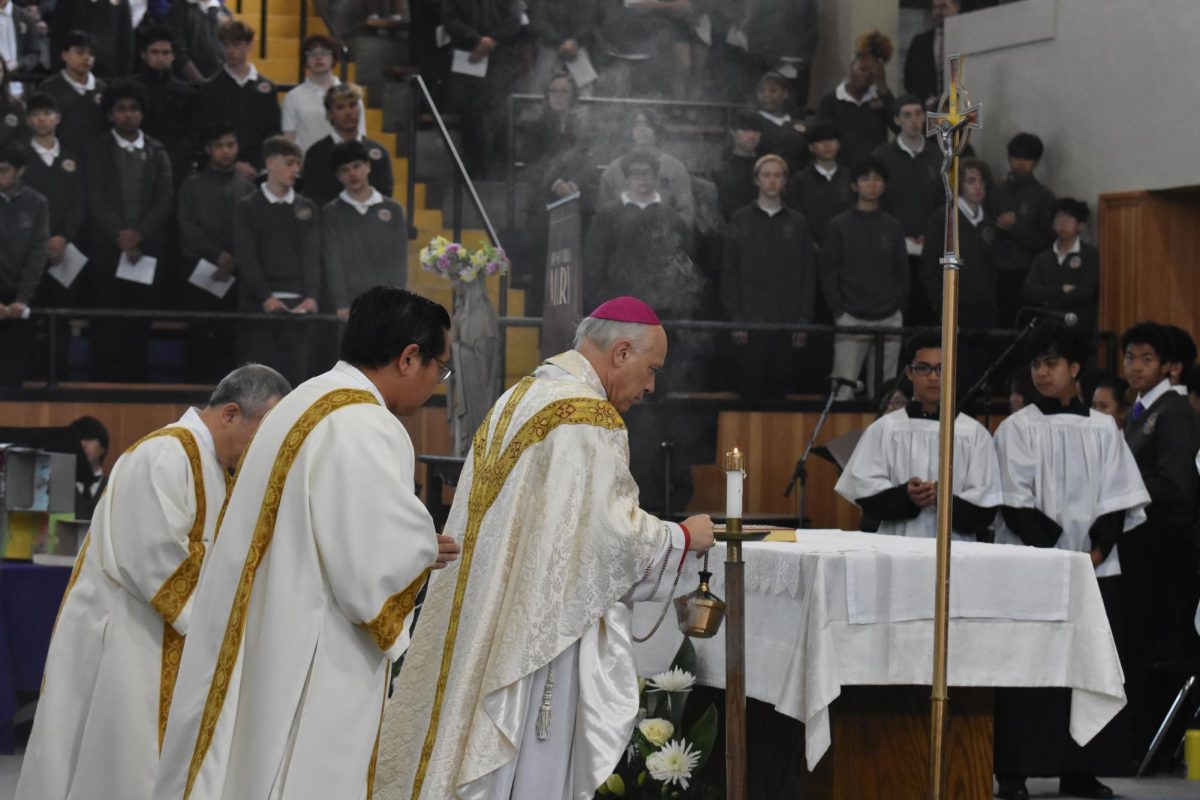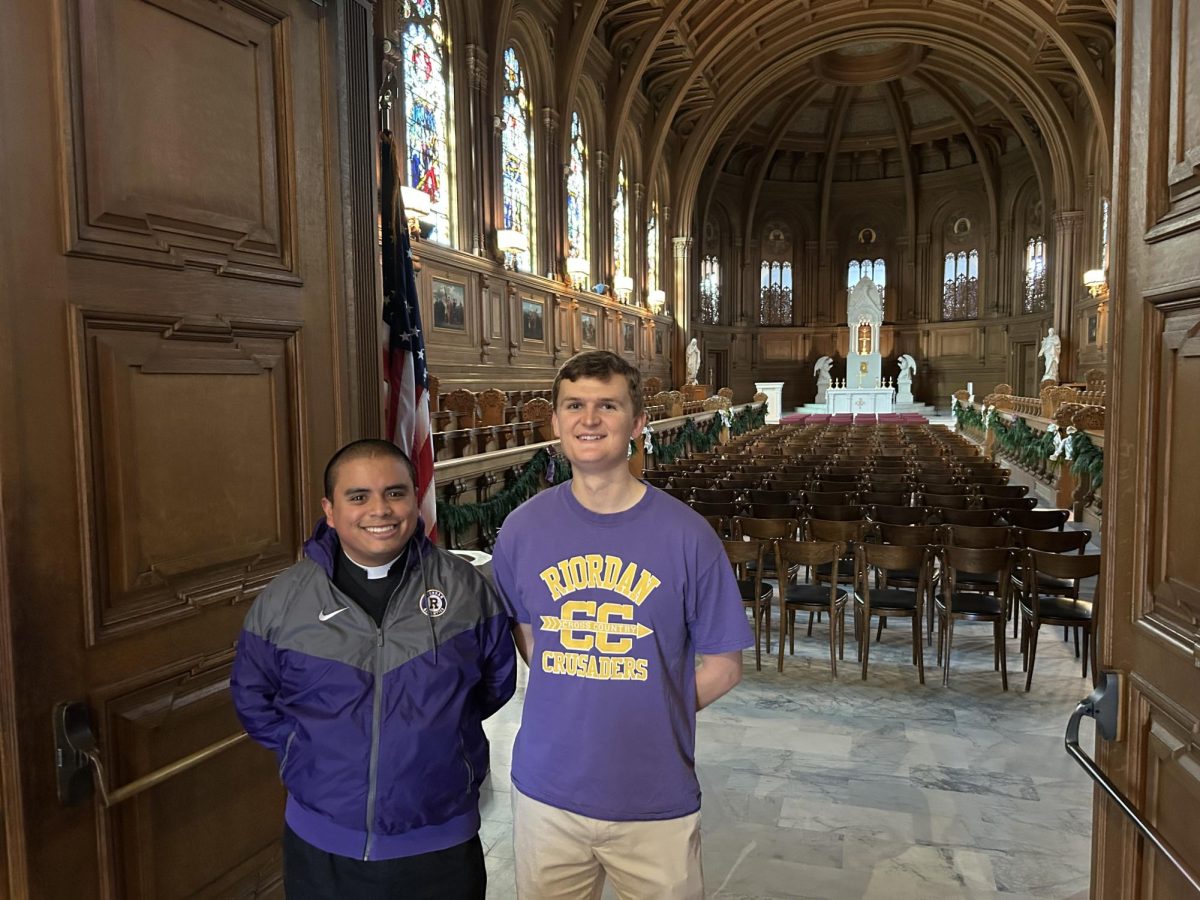According to OrthoChristian.com, last November, the highest authority in the Eastern Orthodox Church, Patriarch Bartholomew of Constantinople, announced that the long awaited reunification with the Roman Catholic Church is now inevitable. This comment was made behind closed doors during a meeting with abbots at Mt. Athos in Greece. His reasoning was that Orthodox Christianity and Catholicism have no dogmatic differences.
The divide between the Eastern Orthodox Church and the Roman Catholic Church dates back to the early middle ages. Disagreements concerning certain doctrines such as filioque, which stated the Western belief that the Holy Spirit proceeded from both the Father and the Son instead of the Father alone, caused longstanding conflict between the Roman pope and the Eastern patriarchs. Eventually, this culminated into the then Pope Leo IX and Patriarch of Constantinople Michael Cerularius to excommunicate each other in 1054 C.E in an event known as the Great Schism.
In recent history, ecumenical efforts have been made to reconcile this ancient divide and promote reunification. In 1965, Pope Paul VI and Patriarch Athenagoras I revoked the excommunications left by their predecessors.
Today, good relations between Pope Francis and Patriarch Bartholomew makes reunification seem like an approaching reality. However, recent political and ecclestial conflicts within the Orthodox Church are dashing these hopes.
The Eastern Orthodox Church is dividing over one primary issue: the recognition of the Ukrainian Orthodox Church. TheTrupet.com reports that as a previous part of the Soviet Union, the Russian Orthodox Church views Ukraine as under their jurisdiction. Therefore, Patriarch Kirill of Moscow opposes recognition of the Ukrainian Orthodox Church as independent.
Tensions sparked when, on Jan. 5, Patriarch Bartholomew recognized the Ukrainian Church as independent. Along with the Patriarch of Constantinople, the Orthodox Churches of Egypt and Greece also recognized the Church. These actions essentially divided Orthodoxy into two factions: one that supports the Ukrainian Orthodox Church and another that finds its allegiance with Moscow. These conflicts within the Orthodox Church coincides with conflicts between the Russian Orthodox Church and the Catholic Church. Angelusnews.com chronicles the ongoing bad blood between the Russians and the Catholics. Ecumenical attempts have been made by Pope John Paul II, which includes giving the Madonna of Kazan, a copy of a sacred relic of the Russian Orthodox Church, back to Moscow. Despite these efforts, the Patriarchate of Moscow still maintains a hostile relationship with the Catholic Church.
“The Eastern Orthodox Church is pretty fractured right now,” said Adam Kolokotrones, ’20, a member of the Greek Orthodox Church. “People don’t want to be ruled by someone away in Turkey… The parishes are much more independent.”
Another member of the Greek Orthodox Church, Georgios Tsokas ’22, believes Christian reunification is not necessary because of Christianity’s shared mission: “At the end of the day, Jesus’ mission was to spread the word of God and because the Orthodox Church believes in God I believe it would be fine as is.”
Antony Tartakovskiy ’22, a member of the Russian Orthodox Church, supports unification. “It will be a bigger community. More people will be able to come together to practice.”
While Patriarch Bartholomew is hopeful in his mission to unite the Christian world, he may be alone in his optimism.


